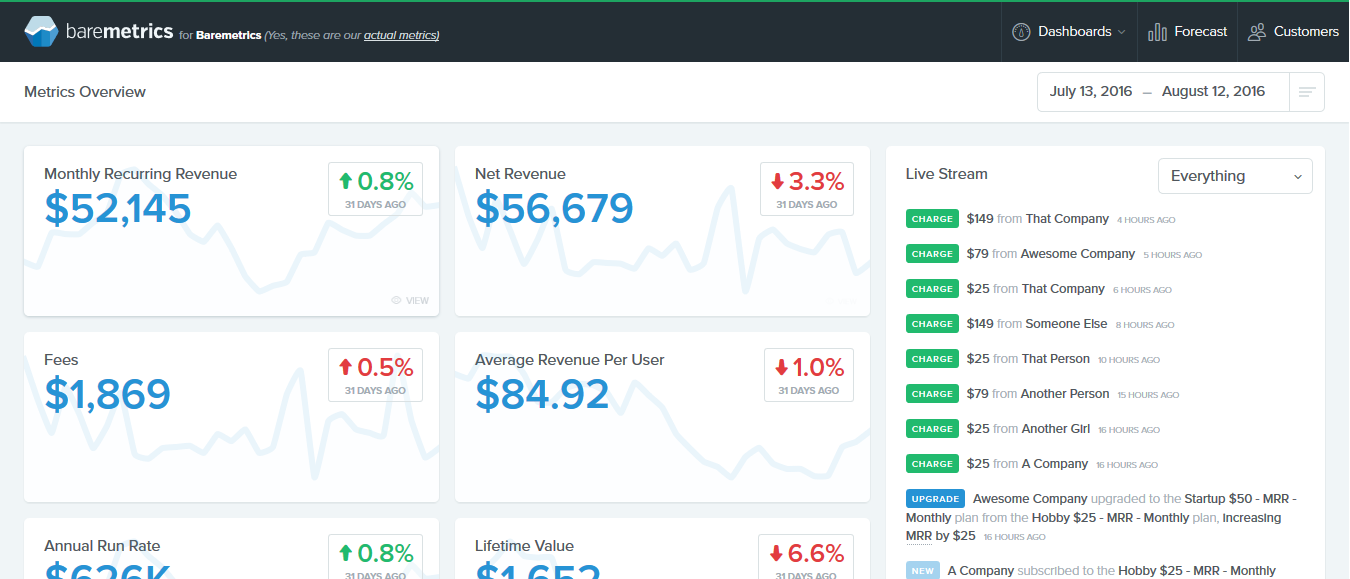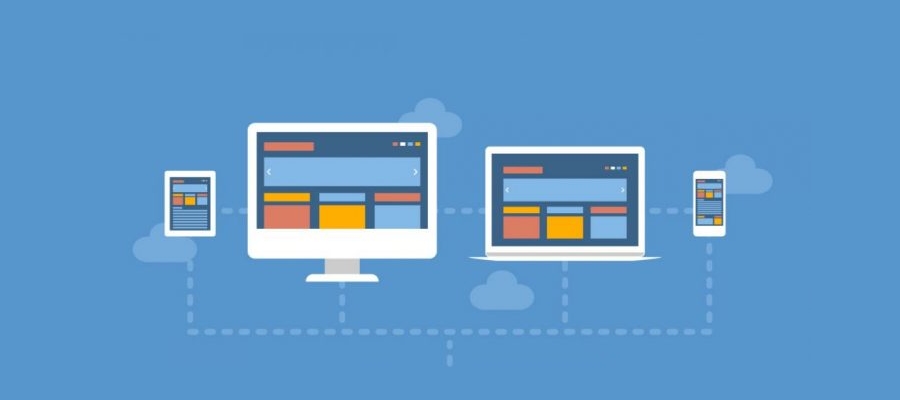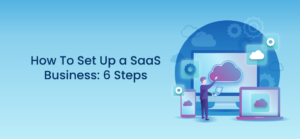近年来,越来越多的企业对互联网工具、服务和互联网基础设施持开放态度,并购买(或更准确地说,租用)SaaS 服务。 从在线发票、客户管理和通过 CRM 开发潜在客户,到租赁服务器。
那么什么是SAAS?
SaaS的 – 软件即服务的缩写。 如果过去我们需要购买本地软件并在本地使用,那么今天很多软件都可以通过可供所有人和任何计算机或移动设备使用的网络界面来使用,而且通常成本要低得多。
SaaS 可以被视为软件服务、应用程序和基础设施外包的一种形式。 例如,您可以租用一项 SaaS 服务(一种基于在线提供的登陆页面构建的系统),而不是浪费宝贵的时间和金钱构建登陆页面以及与设计师和程序员交谈。 通常只需支付几美元的月费(取决于所使用的系统的范围),您就可以快速轻松地构建自己的登陆页面。 其他示例:Google 排名测试工具、CRM 系统、云、热图和分析以及虚拟聊天网站等。
以下是当今最大的 SAAS 公司的一些名称:Salesforce、Linkedin、Workday、DropBox、Service Now、New Relic、Zendesk 等。 在这里您可以看到 250 家最大的 SAAS 公司的列表。
最近成长的许多初创公司都建立在 SaaS 商业模式之上,衡量利润和增长 客户流失 费率是预先知道的。

那么我们必须了解哪些SaaS创业概念呢?
MRR - 代表 月度经常性收入。 其目的是每月的业务周期使客户成为订阅者。 MRR 每月增长就意味着增长。
ARR – 同样的原则也适用于年度经常性收入,即年度收入回报。
ARPU – 代表每个用户的平均收入。 这意味着平均收入是多少(购买特定套餐的客户)。 计算很简单:MRR 除以活跃客户数量。 通常较低的 ARPU 表明与小客户的合作而不是与企业的合作。 每家公司的目标都是在不流失用户的情况下尽可能提高 ARPU
用户流失 – 根据用户的放弃率。 计算方法是:(已取消的客户数/上个月的活跃客户数)乘以100。这个数字SaaS公司都渴望尽可能降低,还有下图
收入流失 – 根据利润的放弃率。 计算公式为:(因套餐取消和降级而导致的 MRR 下降/上个月的 MRR)乘以 100。
LTV – 代表终生价值。 这个概念基本上意味着平均客户对你来说总共值多少钱。 计算方法如下:ARPU 除以用户流失率。 例如:如果用户平均每月支付 50 美元,用户流失率为 10%,则 LTV 为 500 美元。从这里开始,公司将削减为了获得客户而能够进行的财务投资。
CAC – 代表客户获取成本。 换句话说,获得客户的成本是多少。 此成本可以包括雇用销售人员的成本、所有类型的营销和广告成本等等。
您想实时查看所有这些数据吗?
初创公司 Baremetrics(即 SaaS 本身)是为 SaaS 公司开发的分析系统,该系统与某些支付提供商合作,并以视觉美观且简单的方式向他们提供上述数据和许多其他数据。 你可以在 Baremetrics 本身或 SaaS 公司的网站上看到他们的真实数据。





